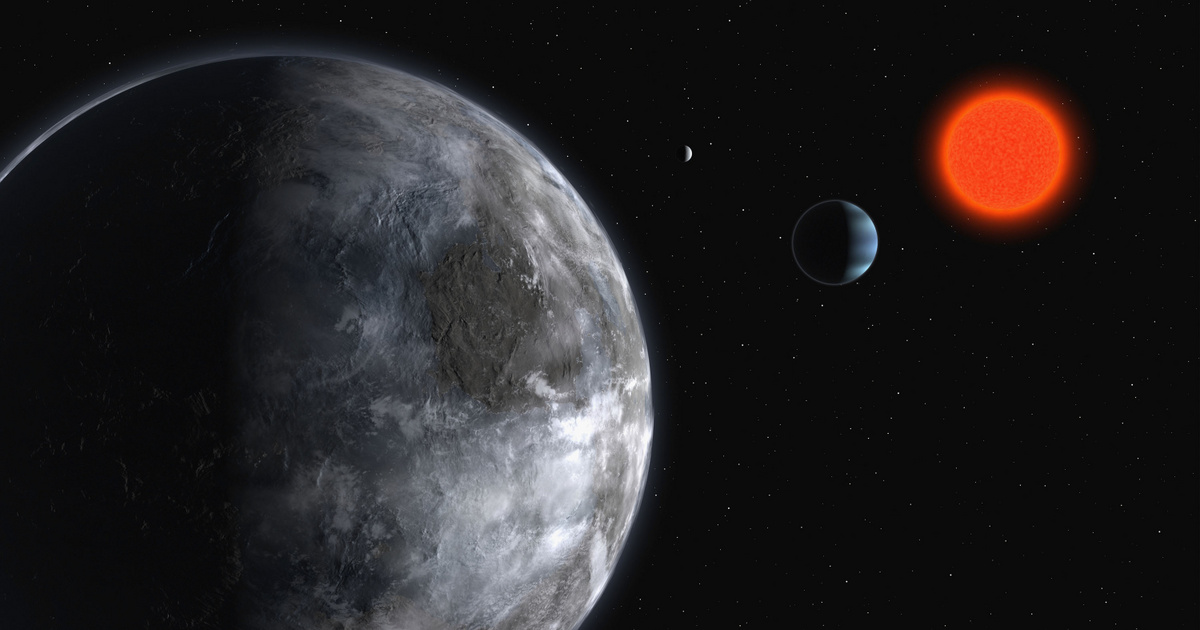Astronomers have 85 possible exoplanets It was discovered Outside our solar system, which have temperatures cold enough to support life. Their sizes are similar to some known planets, and they were discovered using data from NASA's Transition Exoplanet Survey Satellite (TESS).
Exoplanets
One of the most important recent achievements in astronomical research is the search for exoplanets, but what exactly are they? It is characterized by the fact that it orbits a star, and its mass must be greater than the minimum for the planets in the solar system. More and more they found Of these, there were 60 such planets known in 2007 (seven of which were discovered by the Galacticians), and today there are 5,500 exoplanets – but as we described, the number could have actually increased.
Currently, the closest exoplanet to Earth is Proxima Centauri b, which orbits the star Proxima Centauri 4 light-years away. It is possible that we will arrive here in 114 thousand years, which means that it will not be possible in the near future. But NASA In its catalogue We can see how many planets have already been confirmed and how many exoplanet candidates are in the queue (10,065).
Finding them is not easy, because they do not emit their own light, or at least not enough to help us find them. Therefore, different methods are used, e.g Measurement of radial velocitythat it Astrological methodWhen the planet's gravitational influence causes changes in the star's motion, a Doppler imagingDuring which the image of the star changes when the planet covers part of its surface. But it is Measure excess infrared radiationand the of the amount of lithium Watching It can also be a good starting point, because solar-type stars with planetary systems have less lithium.
Already in January It happened A feeling of the presence of an extrasolar planet, when an international research team discovered a sample close to us, very small the size of the Earth, and revolving around its star similar to the Sun. One side always faces its star. Its surface temperature can reach 1,300 degrees Celsius, so it's nothing like our planet, and it's not suitable for life, but it's a very interesting one at that.
It's like early Earth.
This was also found with the help of TESS, through which changes in the brightness of stars caused by objects passing in front of them can be detected. TESS mainly studies photometric changes in stars not very far from our solar system, which demonstrate that a planet passes in front of the star and thus affects its light. The change in light can also be used to infer the size of a planet and the orbital period around its star, which can reveal how far it is from the star – the longer the orbital period, the greater the distance.
New players
The 85 new exoplanet candidates orbit their host stars on a period of 20 to 700 days, but most of the exoplanets observed by TESS so far have orbital periods of 3 to 10 days. Some planets are far enough away from their host stars to have the right temperature to support life. This is the so-called “habitable zone”. Of the new exoplanets, 60 are completely new discoveries, and 25 of them were found by other researchers from TESS data using different techniques.
One of the study's authors, Faith Hawthorne, a researcher at the University of Warwick, said that during the discovery they ran an algorithm that examined a sample of 1.4 million stars. This was reduced to 85, which was the only confirmation that their surface was cooler, because they only covered their star twice (i.e., they were farther away from it). Professor Daniel Bayliss, one of the research participants, commented on the discovery that it is very exciting because there may be several planets among them in the thermal zone suitable for life. He also said that the discoveries were announced so that astronomers around the world could benefit from the results and study unique exoplanets.














































